Fountain pens are a great way to invest in your writing and make moving a pen across the page a pleasure. The transition to fountain pens from ballpoints can be a little shaky. If you’re not careful, bad habits can transfer over to the way you treat your fountain pen. These habits might make writing more difficult, but at worst, they can damage or even ruin your pen. Keep your new pens safe by avoiding the common beginner mistakes below:

(Bru-nO / pixabay)
You’re Pressing Too Hard
If you’re used to using disposable ballpoint pens, it’s likely that you’re used to pressing the pen into the paper to write. You might even press so hard into your notebook that an outline of what you wrote is visible on the page underneath the one you were writing on. Do not do this with your new fountain pen. The fountain pen uses ink that should flow smoothly and freely. Ideally, the weight of the pen itself should be more than enough to make the ink flow onto the page. Pressing too hard will prevent ink from flowing smoothly, make writing more difficult, and damage your pen’s nibs. If your pen lacks the ability to replace the nib, you might permanently damage or ruin it, so please, be gentle.
That’s Not the Right Ink
Like we just said, fountain pens use a particular ink that flows freely. Using calligraphy ink from a craft store will not work. Fountain pens have dissolved pigments that are designed to avoid clogging the pen. Calligraphy inks are almost like paints. Their pigments are generally coarser, and they frequently contain ingredients like gum arabic, which can lead to clogging. Unfortunately, the chemicals used to thin calligraphy inks can sometimes damage fountain pens, so a clog may mean the end of the road for one of your pens. Some pens may only be recommended for use with particular types or brands of ink. Avoid the hassle and check the inks you buy. We love Diamine inks for our pens, partly for their dizzying array of colors, from Earl Grey to gold shimmer Inferno Orange.
Keep Your Nib Up

Remember how stereotypical nerds always used pocket protectors? Did you ever wonder what they were protecting their pocket from? Modern disposable pens generally don’t leak, so they have made the entire idea of a pocket protector a mystery to younger generations. Put a fountain pen nib down into your pocket, and you will find out exactly what a pocket protector was for. Fountain pens, unlike their common cousins, do leak. Often. Even with a cap on, you may look down and notice ink has spilled into your pocket and destroyed a pair of paints. This crisis can be averted by taking a moment to store your pen with the nib up. Rather than allowing the ink to flow down to the nib, it will stay secure in its place, and you won’t end up with ink in your trousers (though a pocket protector or fountain pen case will help keep you even safer).
Clean Your Pen
This is one of the main reasons fountain pen users see poor results with their pen. They get a month or two of great writing out of the pen, and then suddenly something’s wrong. It isn’t as smooth as it used to be. The ink doesn’t flow quite right. It’s not a problem with the pen itself; it’s a problem with the user. Their slovenly nature has finally caught up with them. Drama aside, fountain pens require a little bit of upkeep to write properly. A few minutes every month or so will keep the pen free of grime and flowing fine.
Don’t Forget to Write with It
Fountain pen users and collectors have a tendency to get a little romantic about their pens. While we love our pens and keeping them in perfect condition, it’s important to remember they aren’t simply ornaments. A pen is a tool; use it! Even fancy pens that cost as much as a new car should be used. Rather than collecting fine pens, throwing them onto a dusty shelf, and writing with a ballpoint you stole from a bank, use the pen you paid money for.
Whether it’s a Kaweco, Lamy, or Visconti Van Gogh fountain pen, these instruments make writing a pleasure. For many, using a fountain pen is the only time they actually enjoy moving a pen across a page. In spite of the care and maintenance these pens require, using them is a joy that turns mundane paperwork into an event. People will notice your fine penmanship each time you make use of your pen. They might even beg to try it out themselves. None of this happens if you don’t actually use the pen, so don’t make that mistake.

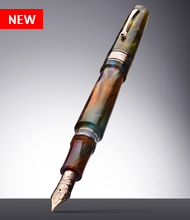
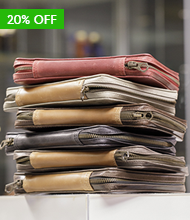
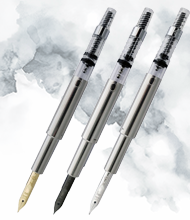
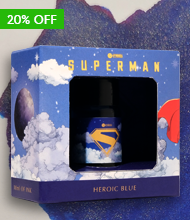
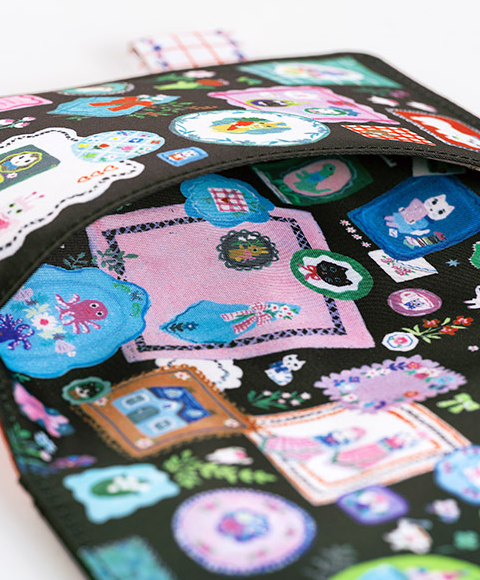
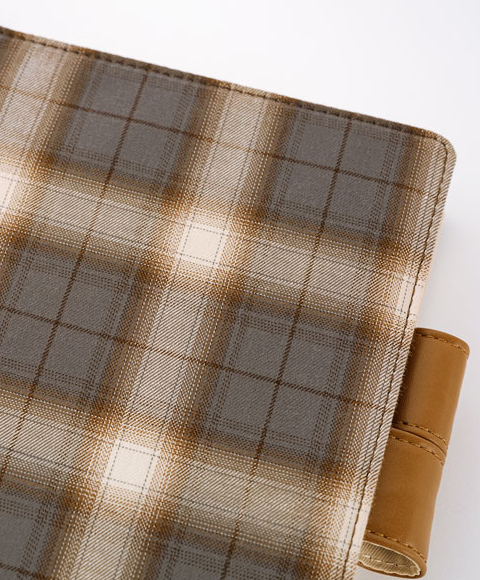

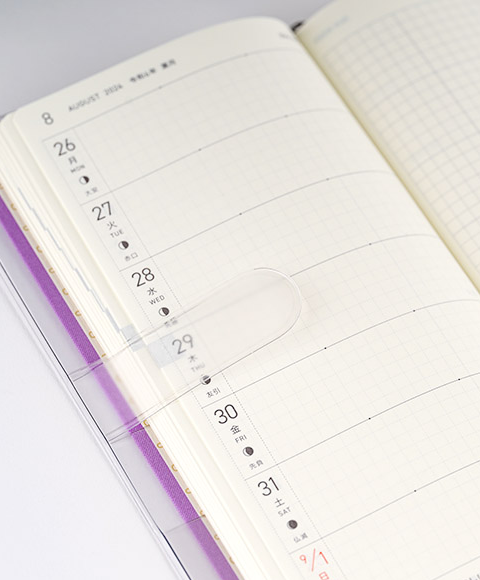
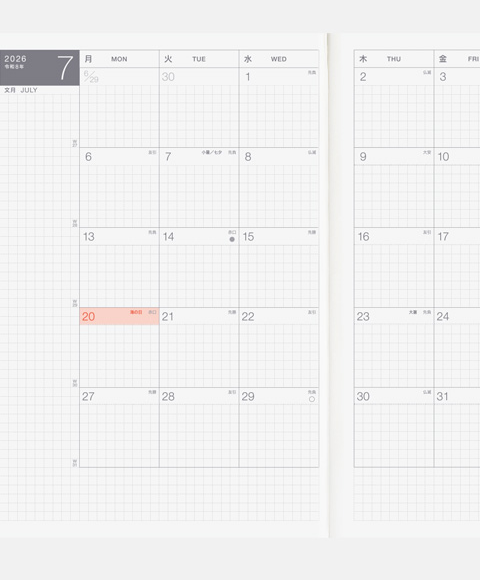




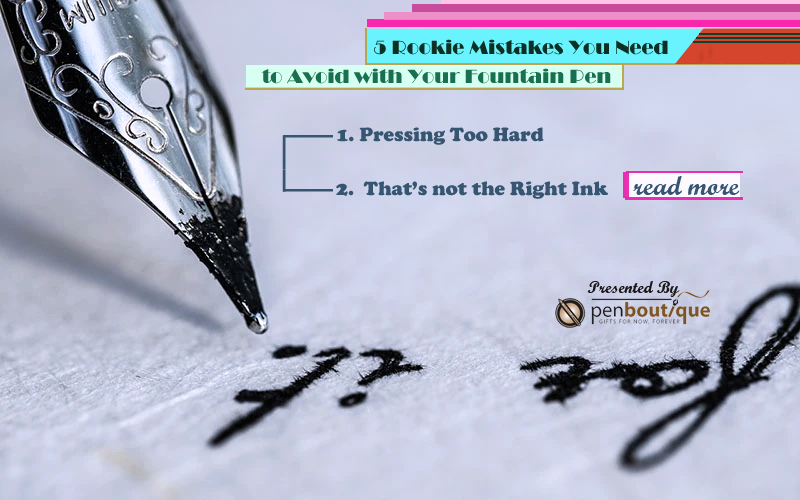





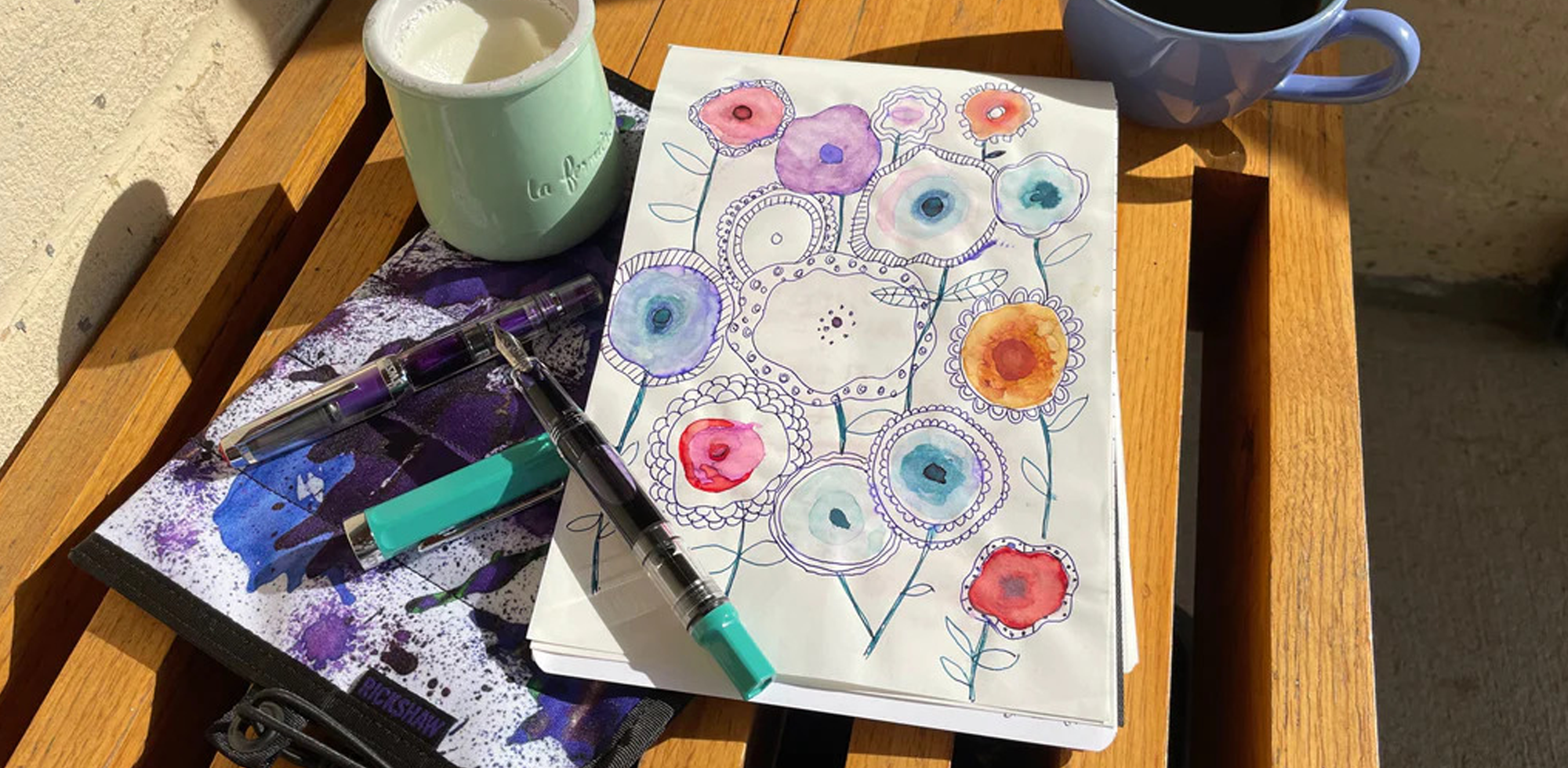
4 comments
Sharon Dowdy
I find dippinp my nib in water or on a wet sponge can get the ink flowing very quickly if I am having a problem with the ink flow.
I find dippinp my nib in water or on a wet sponge can get the ink flowing very quickly if I am having a problem with the ink flow.
Sharon Dowdy
Lamy pens have different nib sizes including the 1.0mm size in their calligraphy nibs which fit their safari (plastic)and all star fountain (metal) pens for $50 or less. Also I think you can get that size nib for the Pilot Metro pens around $20 or so. You can order the nibs online or get them from a fountain pen store.
Lamy pens have different nib sizes including the 1.0mm size in their calligraphy nibs which fit their safari (plastic)and all star fountain (metal) pens for $50 or less. Also I think you can get that size nib for the Pilot Metro pens around $20 or so. You can order the nibs online or get them from a fountain pen store.
jim beishline
I am a music copyist. I am looking for a calligraphy fountain pen , 1.0mm nib. within the one hundred dollar range. does anyone have any suggestions. I have been using a Shaeffer calligraphy pen for many years. the ink flow is very inconsistent, even changing the nibs and cleaning them. jimbeishline@gmail.com
I am a music copyist. I am looking for a calligraphy fountain pen , 1.0mm nib. within the one hundred dollar range. does anyone have any suggestions. I have been using a Shaeffer calligraphy pen for many years. the ink flow is very inconsistent, even changing the nibs and cleaning them. jimbeishline@gmail.com
Brian
Forgetting to write with it is always my biggest mistake, well more specifically, I keep too many inked and don’t use them all!
Forgetting to write with it is always my biggest mistake, well more specifically, I keep too many inked and don’t use them all!